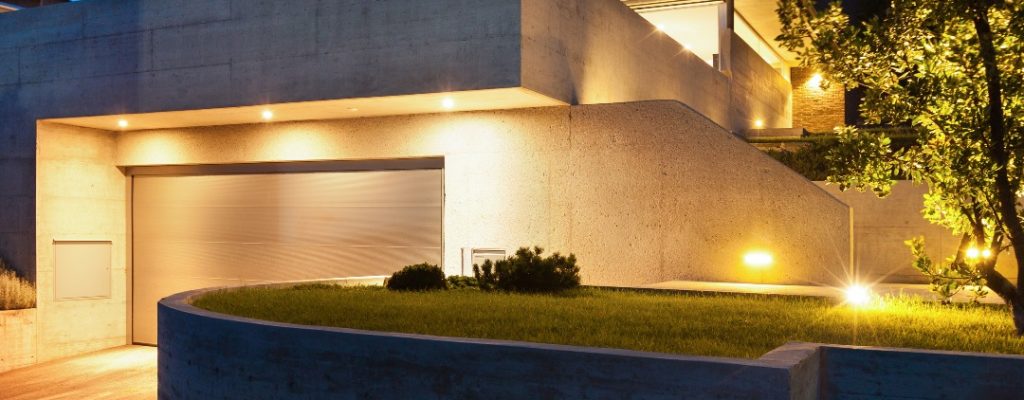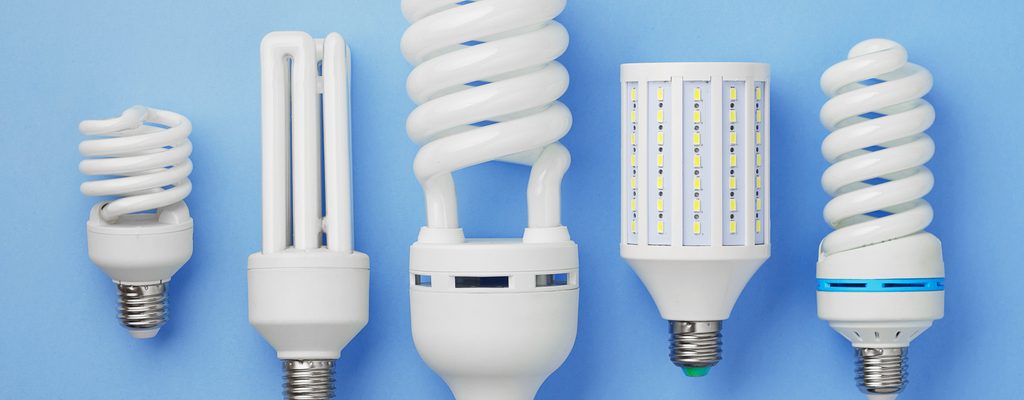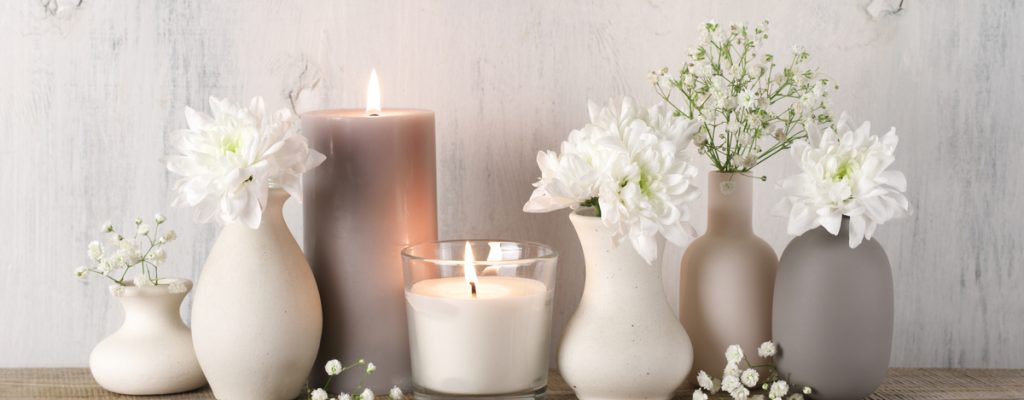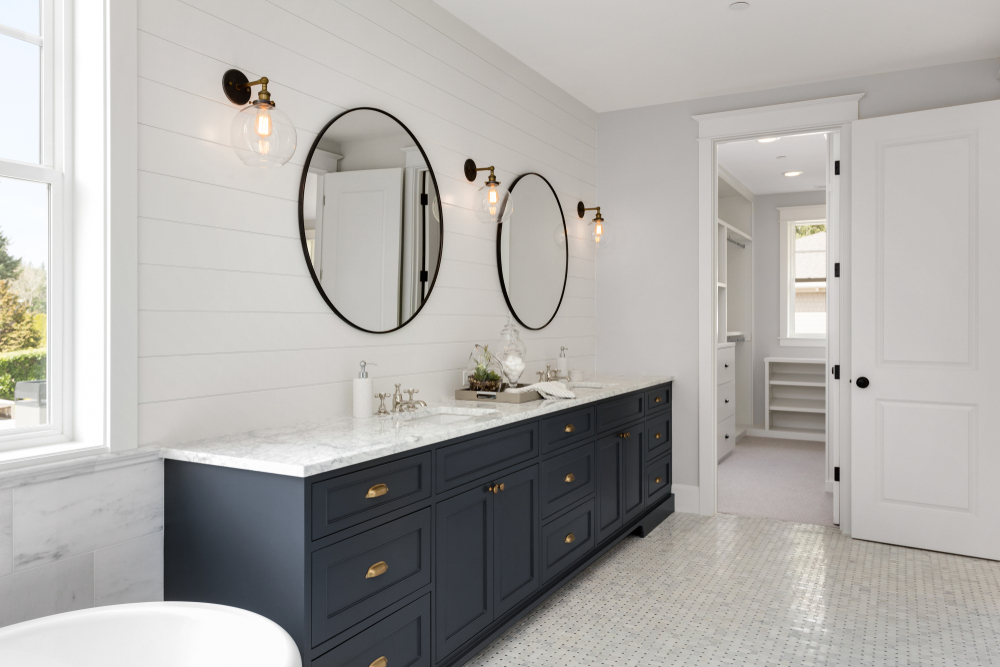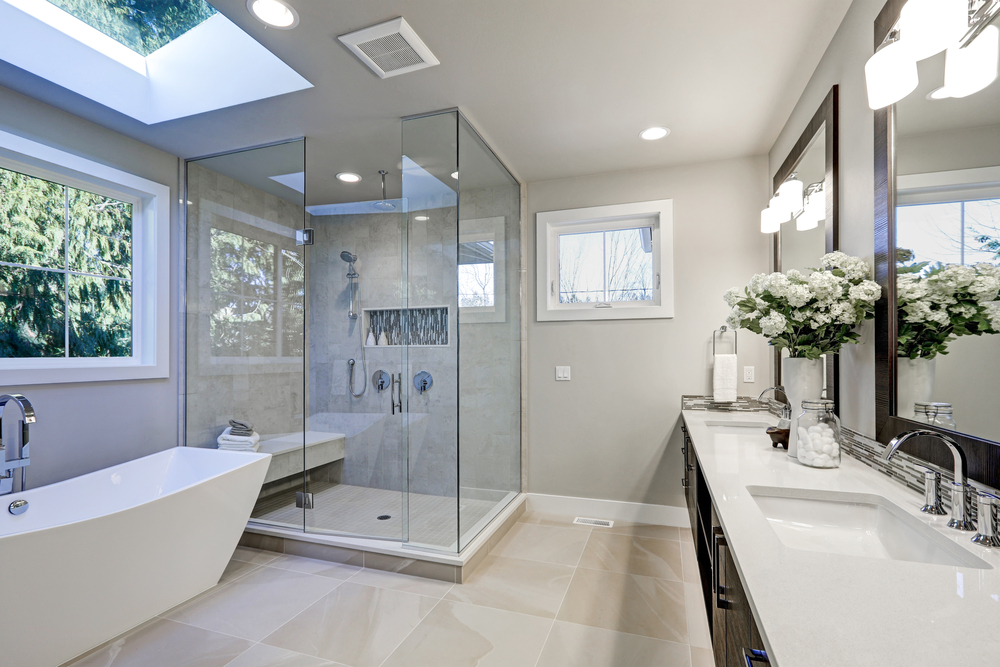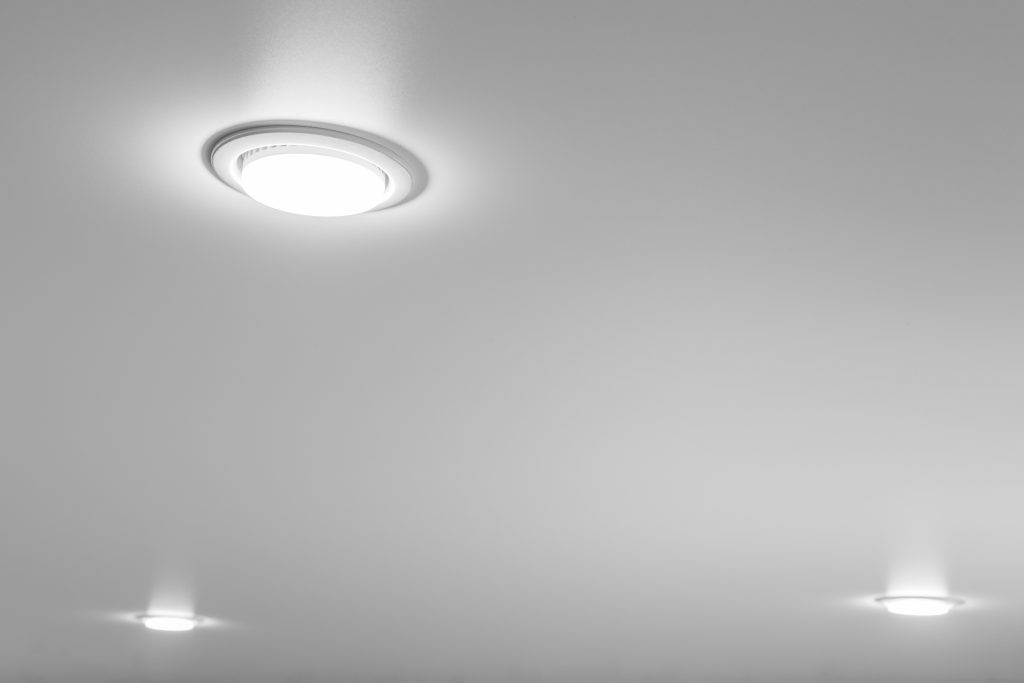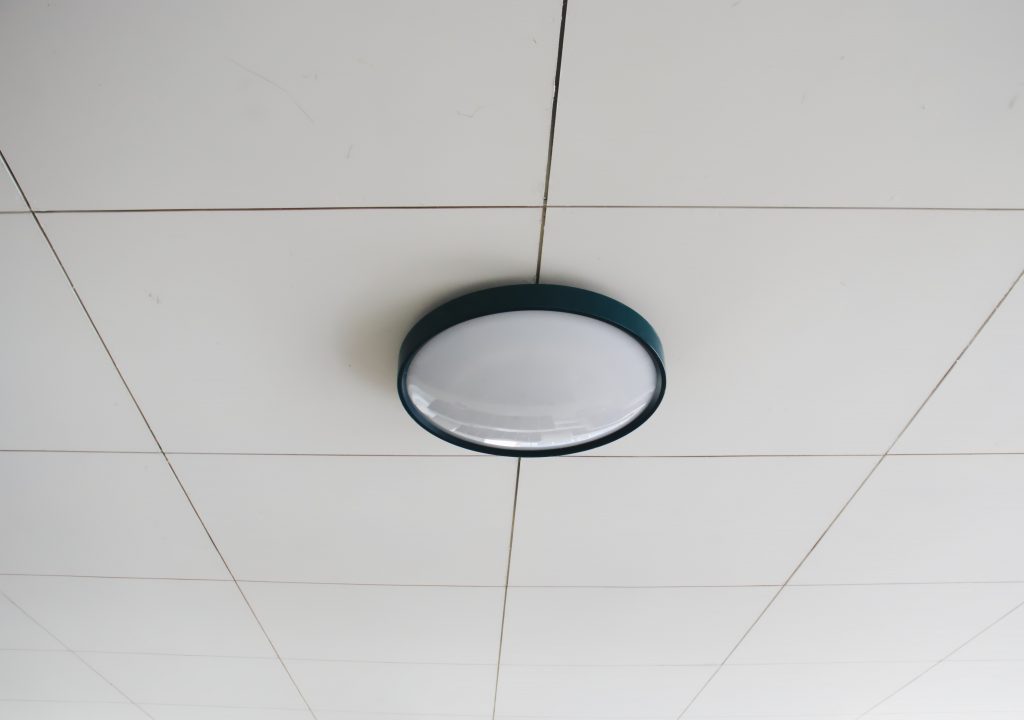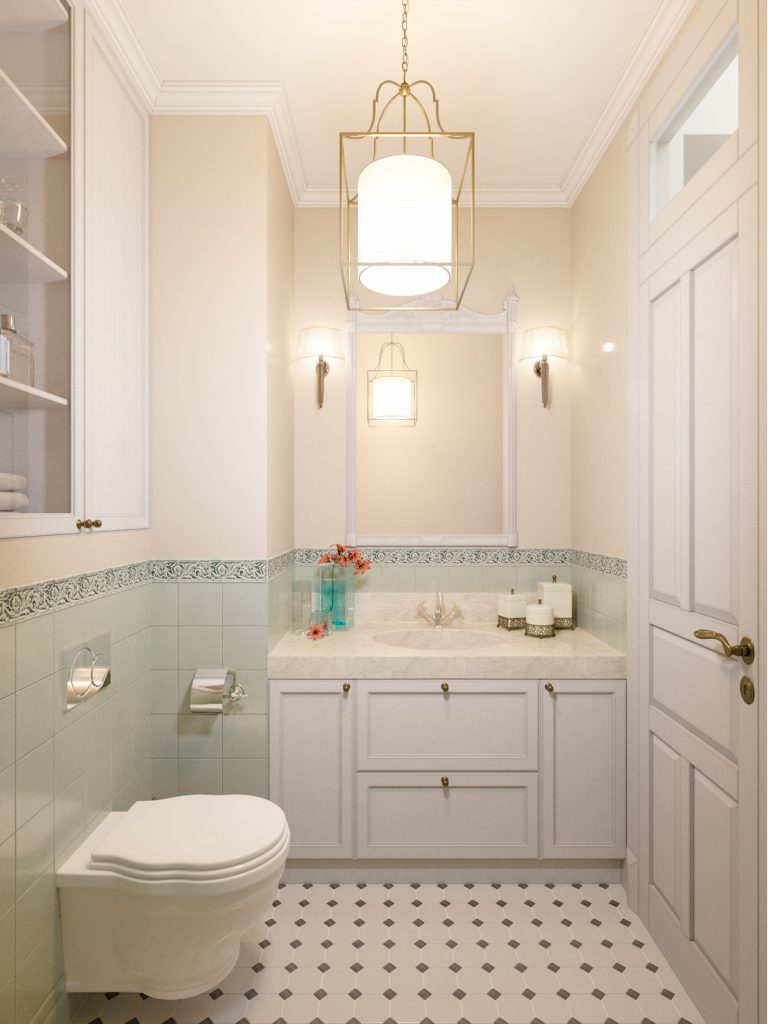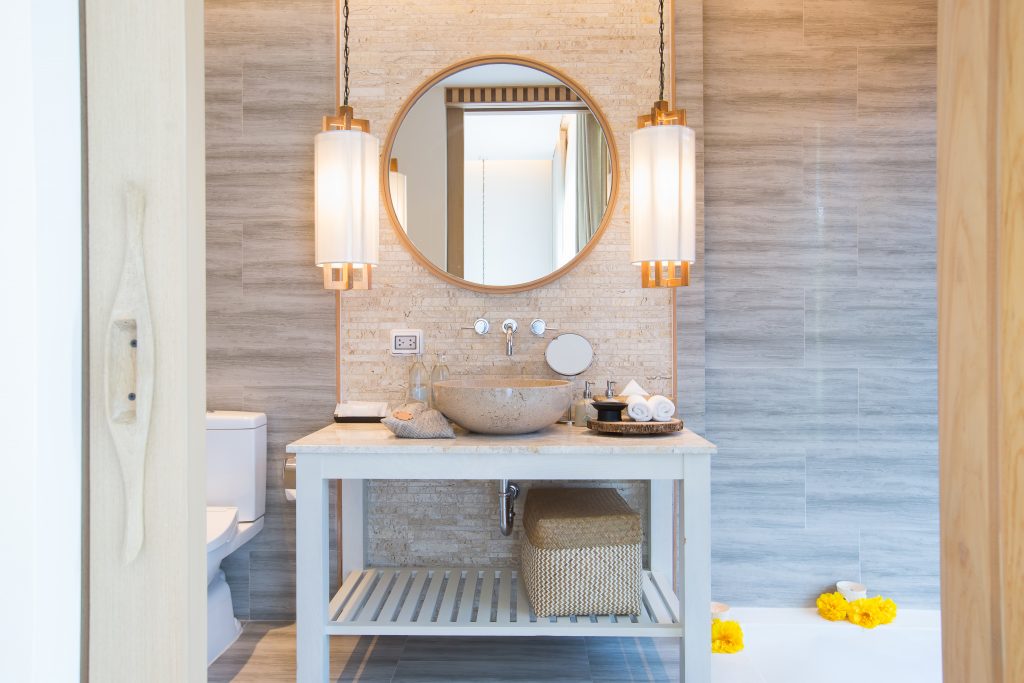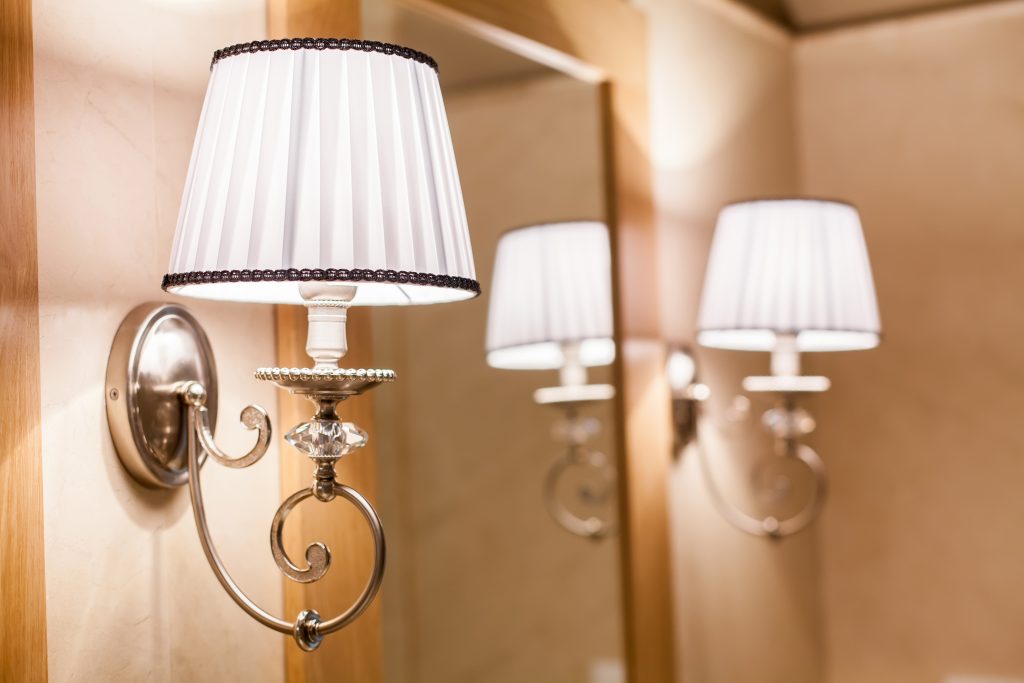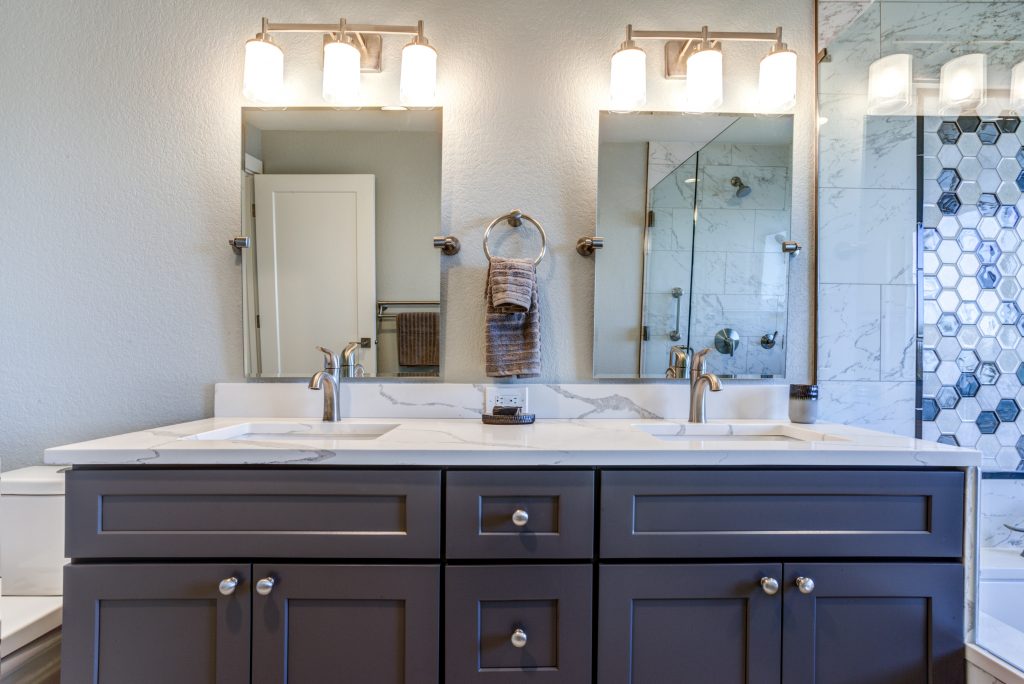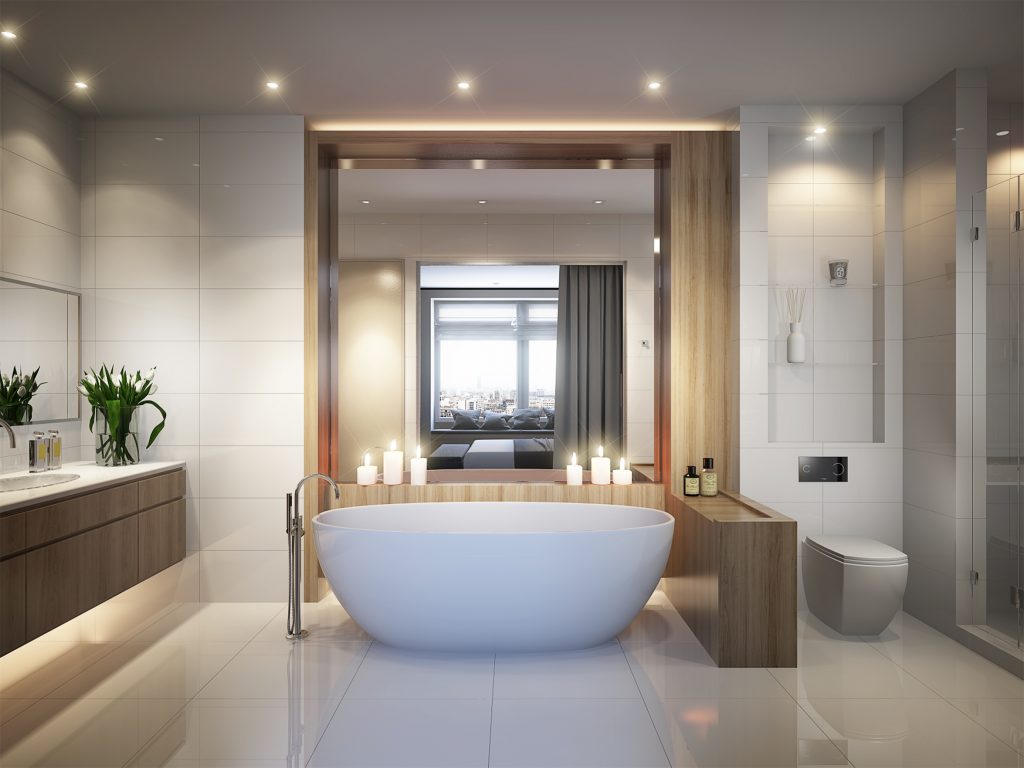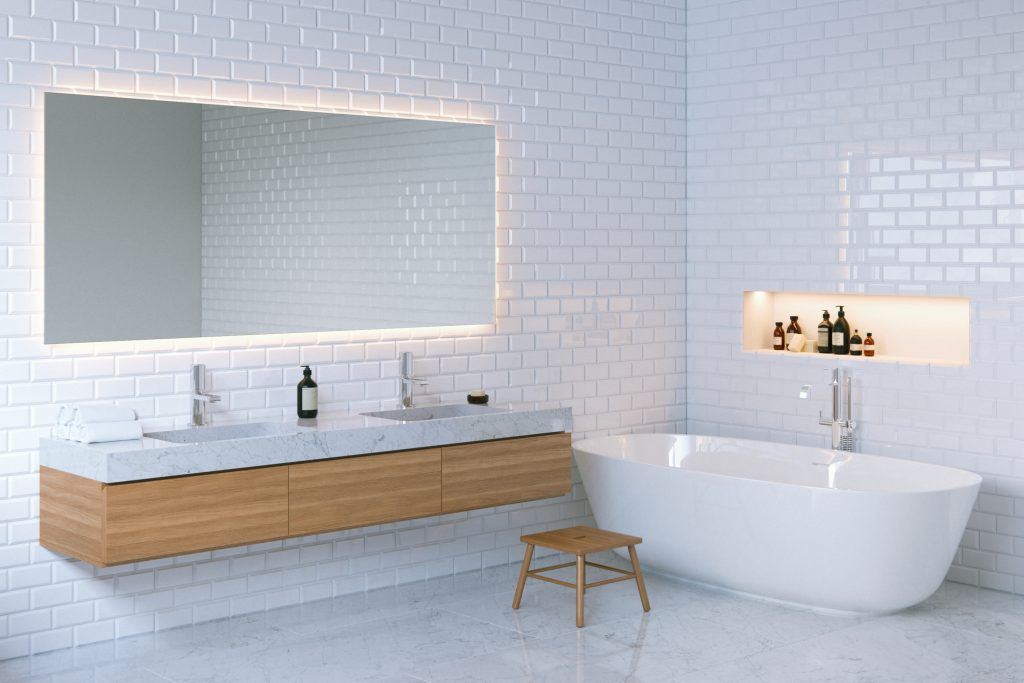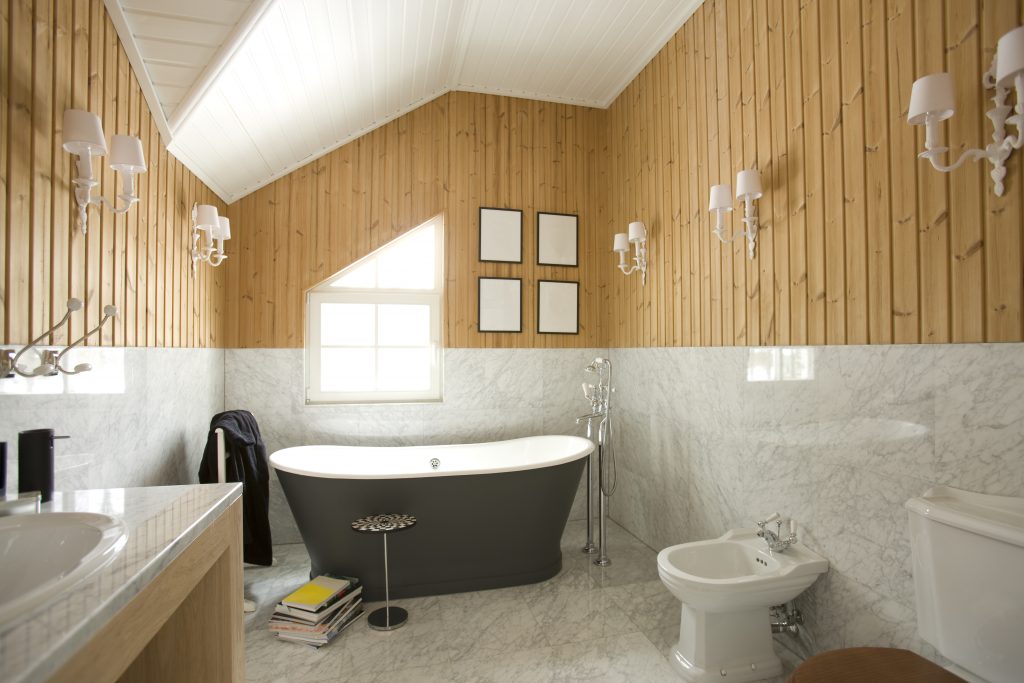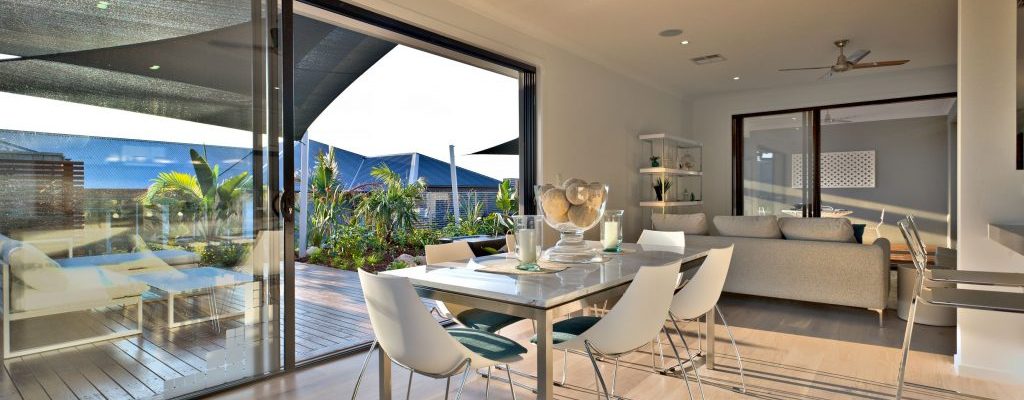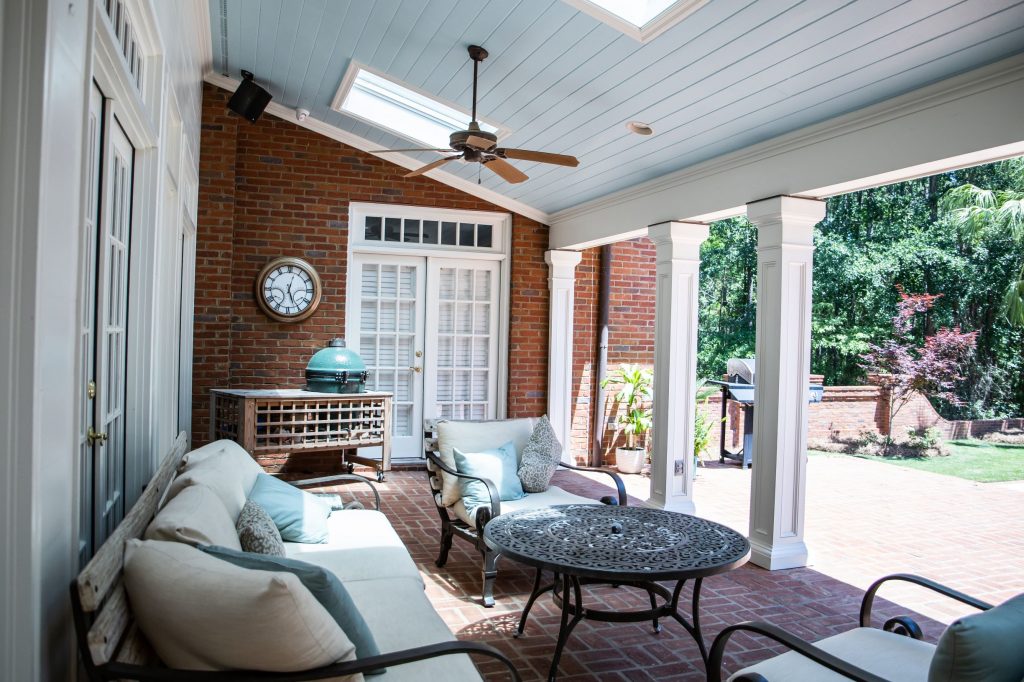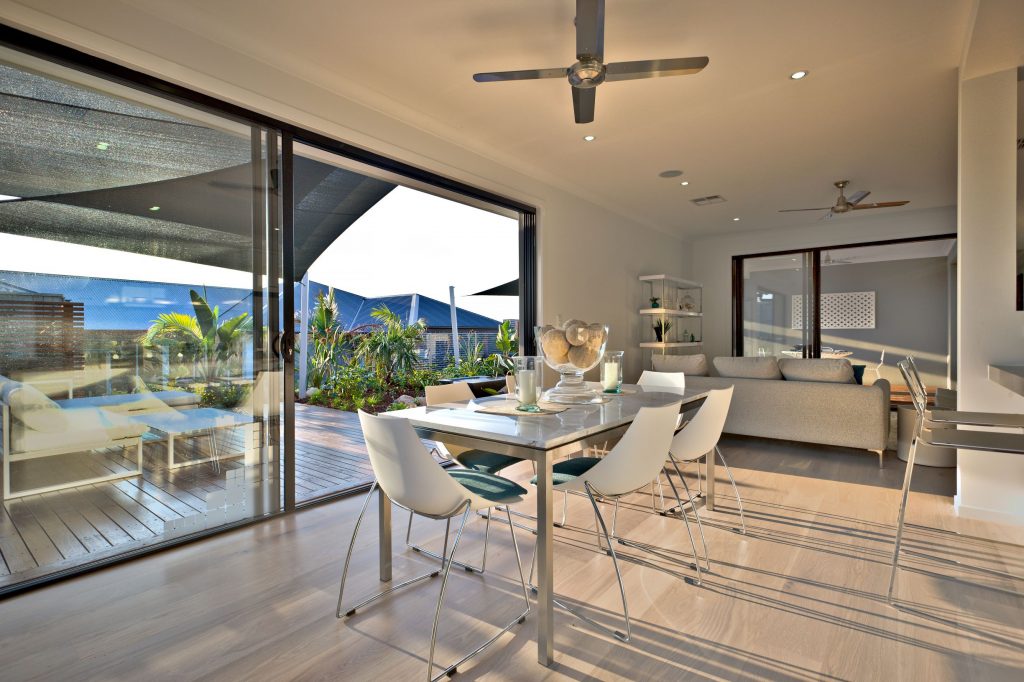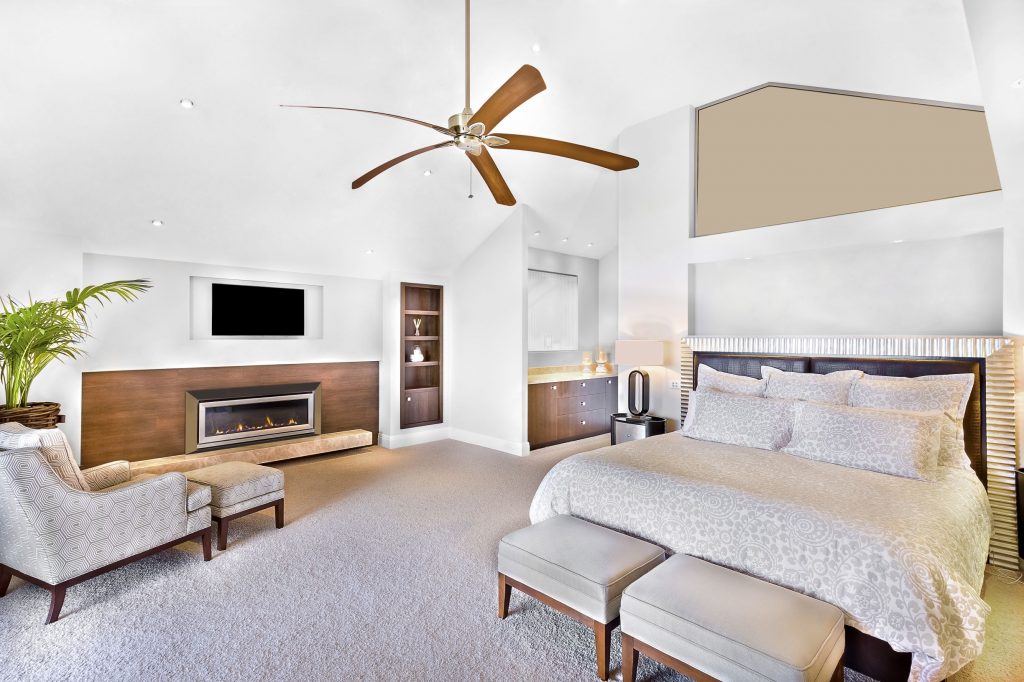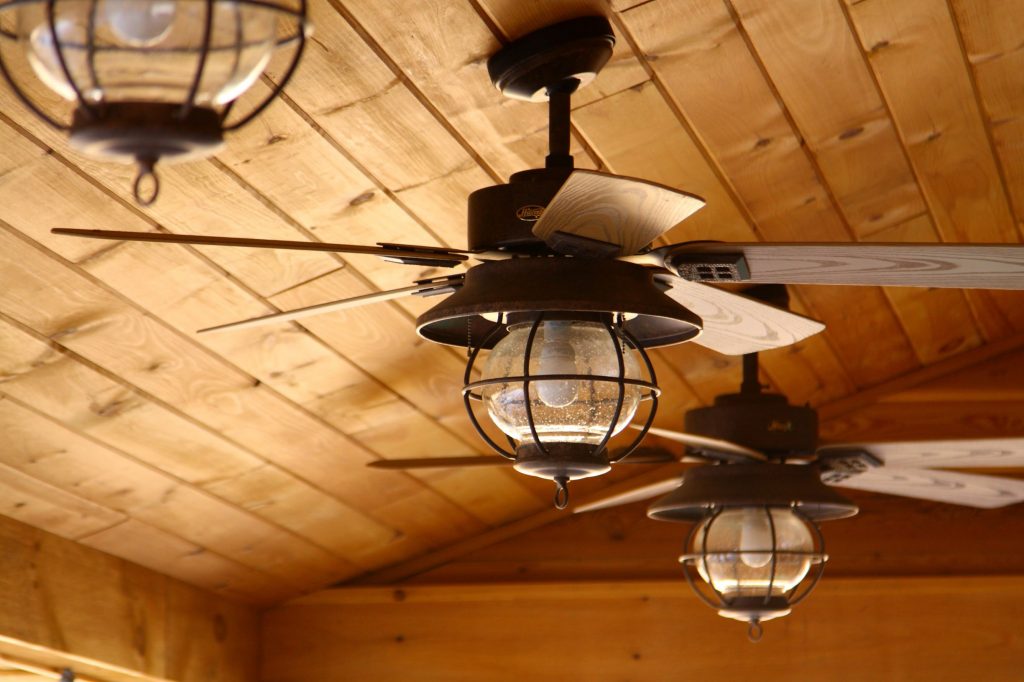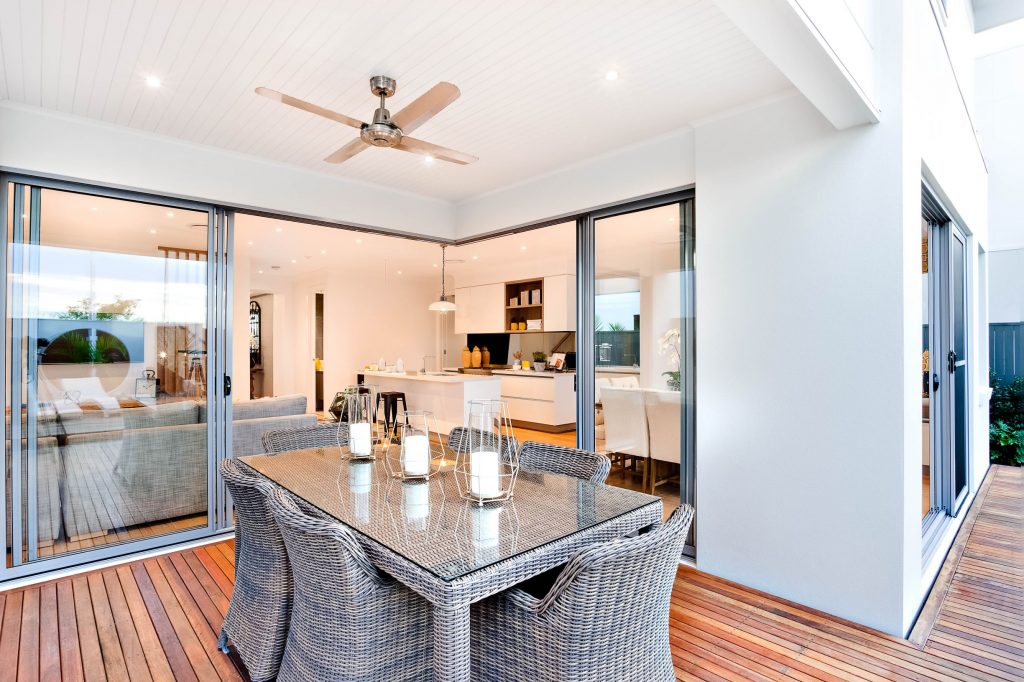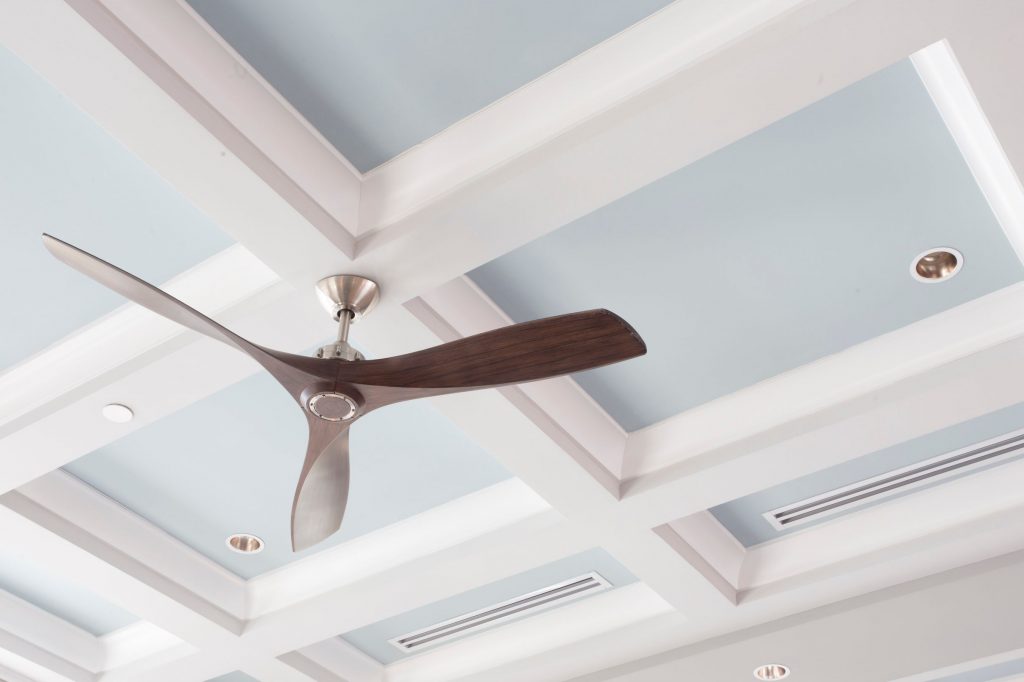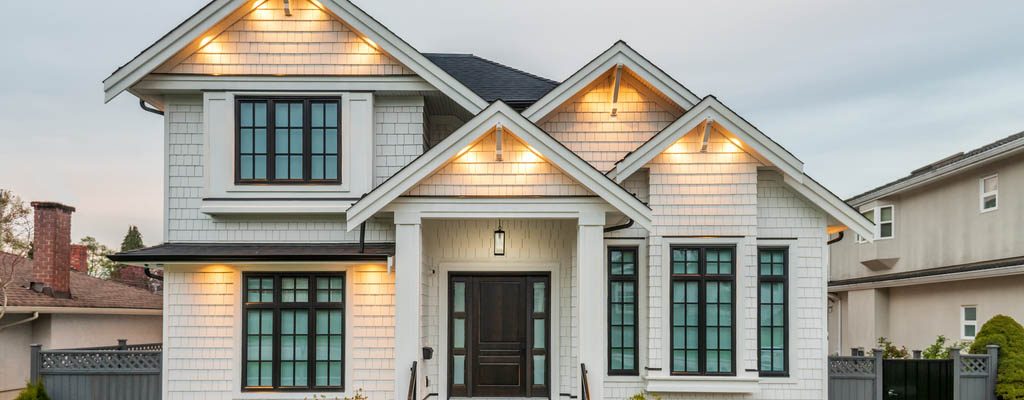The Difference Between Blue and Red Light
Light is made up of many different wavelengths, which our eyes perceive as colors. Each color correlates to a color temperature on a spectrum from low energy (red) to high (blue). Light from each part of the spectrum reacts with our eyes and brain in a unique way and affects the way they function.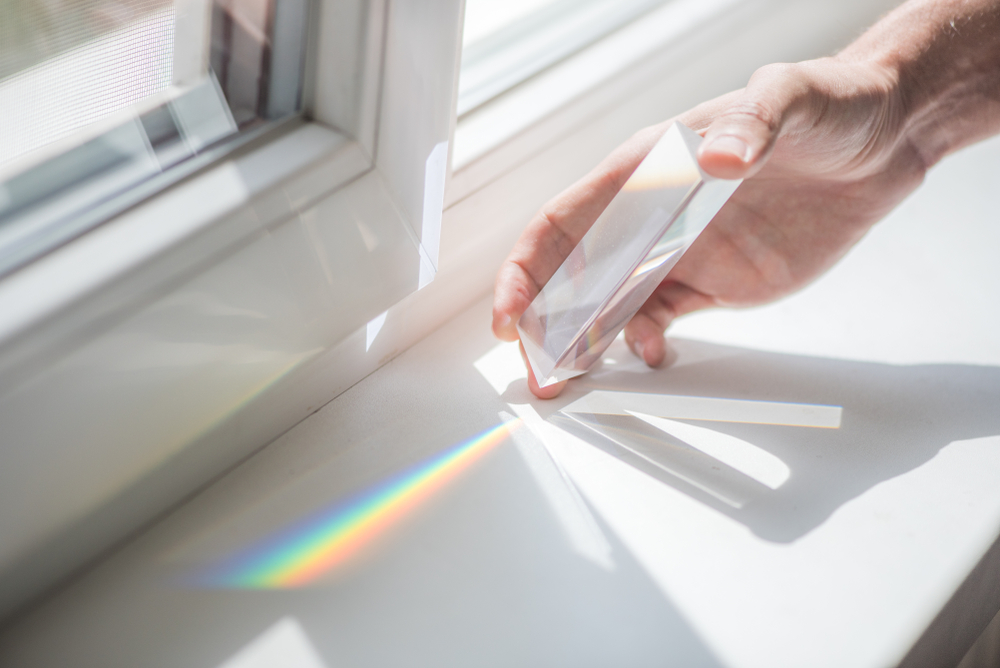 Blue light has high energy and its color temperature is around 5000+ Kelvin (K). As the Kelvins go higher, the light appears cooler, or more blue. Many people associate blue light with harsh fluorescent bulbs, but we get most of our blue light exposure from a more natural source – the sun! Most screens, from laptops to televisions to cell phones, emit blue light as well.
Red light is on the opposite side of the spectrum. It has lower energy and its color temperature ranges between 2700-3000K. Red light is more commonly called warm light. Imagine the light given off by a candle’s flame or an Edison bulb, this is red light. This type of light plays a crucial role in a well-balanced home by regulating both the health and the mood of its inhabitants.
Blue light has high energy and its color temperature is around 5000+ Kelvin (K). As the Kelvins go higher, the light appears cooler, or more blue. Many people associate blue light with harsh fluorescent bulbs, but we get most of our blue light exposure from a more natural source – the sun! Most screens, from laptops to televisions to cell phones, emit blue light as well.
Red light is on the opposite side of the spectrum. It has lower energy and its color temperature ranges between 2700-3000K. Red light is more commonly called warm light. Imagine the light given off by a candle’s flame or an Edison bulb, this is red light. This type of light plays a crucial role in a well-balanced home by regulating both the health and the mood of its inhabitants.
How Light Affects Your Sleep
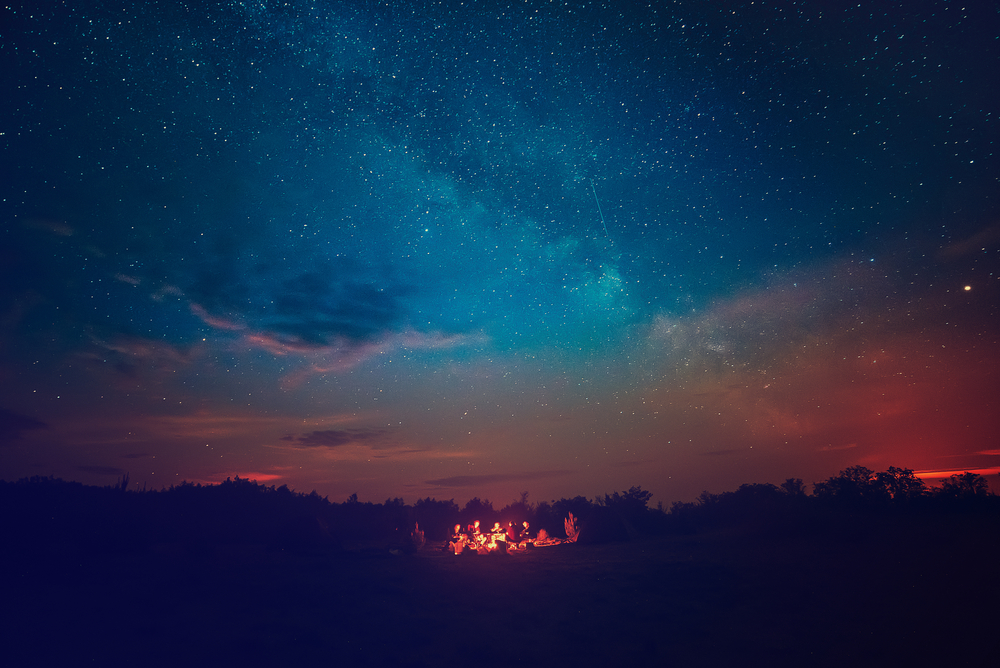 The human body runs according to a circadian rhythm, or a 24-hour cycle. This rhythm regulates many functions in the body, with one of the most basic being the sleep cycle. In the morning, the sun’s natural blue light signals the body to produce a hormone called cortisol, which promotes alertness and focus.
When the sun sets and gives off a warmer glow that fades into darkness, the change in light signals the body to make a hormone called melatonin, which promotes relaxation and sleep. The cycle of the sun signals the mind to fall asleep or wake up.
There is nothing inherently unhealthy about blue light. Problems arise, however, when we interrupt that natural shift in light temperature by exposing ourselves to blue light for hours after the sun has set.
The blue light from your light bulbs and device screens signal the body to keep making cortisol instead of switching to melatonin. This disrupts the circadian rhythm and natural sleep cycle, which can make it harder to fall asleep at the end of the day. While a late-night TV binge here and there won’t cause much trouble, regularly disrupting the natural sleep cycle by several hours can lead to health problems.
The human body runs according to a circadian rhythm, or a 24-hour cycle. This rhythm regulates many functions in the body, with one of the most basic being the sleep cycle. In the morning, the sun’s natural blue light signals the body to produce a hormone called cortisol, which promotes alertness and focus.
When the sun sets and gives off a warmer glow that fades into darkness, the change in light signals the body to make a hormone called melatonin, which promotes relaxation and sleep. The cycle of the sun signals the mind to fall asleep or wake up.
There is nothing inherently unhealthy about blue light. Problems arise, however, when we interrupt that natural shift in light temperature by exposing ourselves to blue light for hours after the sun has set.
The blue light from your light bulbs and device screens signal the body to keep making cortisol instead of switching to melatonin. This disrupts the circadian rhythm and natural sleep cycle, which can make it harder to fall asleep at the end of the day. While a late-night TV binge here and there won’t cause much trouble, regularly disrupting the natural sleep cycle by several hours can lead to health problems.
Get Better Sleep With Balanced Light
 Good sleep is crucial to overall good health. Our bodies need that time to rest and restore each day. The brain uses sleep to create new pathways to retain what it learned during the day, so one major side effect of poor sleep is poor memory. Studies have also linked increased anxiety, depression, obesity, diabetes, and heart disease with poor sleep. These risks are greater in children.
So what can you do to avoid the destabilizing effects of blue light? The obvious answer is to avoid all blue light after sunset, but that’s just not practical. The key to this issue is balance. Cool, blue light is only a problem when it overtakes the natural balance with warm, red light.
Find ways to bring that balance back into your home by limiting blue lights and increasing warm light after dark. It’s a pretty easy fix once you know what to look for. A simple switch to warm bulbs (often called “soft white”) and limited screen usage at sunset will have long-term benefits for the whole family by promoting healthy, natural sleep.
Good sleep is crucial to overall good health. Our bodies need that time to rest and restore each day. The brain uses sleep to create new pathways to retain what it learned during the day, so one major side effect of poor sleep is poor memory. Studies have also linked increased anxiety, depression, obesity, diabetes, and heart disease with poor sleep. These risks are greater in children.
So what can you do to avoid the destabilizing effects of blue light? The obvious answer is to avoid all blue light after sunset, but that’s just not practical. The key to this issue is balance. Cool, blue light is only a problem when it overtakes the natural balance with warm, red light.
Find ways to bring that balance back into your home by limiting blue lights and increasing warm light after dark. It’s a pretty easy fix once you know what to look for. A simple switch to warm bulbs (often called “soft white”) and limited screen usage at sunset will have long-term benefits for the whole family by promoting healthy, natural sleep.
How Light Affects Your Mood
 Have you ever noticed that many sit-down restaurants feel as if they are only half-lit? This isn’t done to save on the electricity bill, there’s a science behind it! Restaurateurs take advantage of both types of light to keep their business running smoothly. Warm, dimmed lighting in the dining areas naturally relaxes guests and encourages quiet. The kitchens are brightly lit with cool light to help everyone working there to be fully alert and productive while working at high speed.
You can do the same thing in your home once you know how it works. Warm, red light is naturally less bright than blue light, so it will feel softer in your home. Use it in the places where you spend time at night to help you wind down and relax. It’s also a great choice for family gatherings or an intimate dinner date at home, where you can use warm light to naturally make everyone feel comfortable.
Bright light enhances emotions, making us more aware of everything we’re feeling. If you notice that bedtime is a constant source of chaos at your home, try dimming the light in bedrooms, hallways, bathrooms, etc. It won’t instantly make them perfect sleepers, but it will definitely help you to foster a calm wind-down strategy at the end of the day.
Have you ever noticed that many sit-down restaurants feel as if they are only half-lit? This isn’t done to save on the electricity bill, there’s a science behind it! Restaurateurs take advantage of both types of light to keep their business running smoothly. Warm, dimmed lighting in the dining areas naturally relaxes guests and encourages quiet. The kitchens are brightly lit with cool light to help everyone working there to be fully alert and productive while working at high speed.
You can do the same thing in your home once you know how it works. Warm, red light is naturally less bright than blue light, so it will feel softer in your home. Use it in the places where you spend time at night to help you wind down and relax. It’s also a great choice for family gatherings or an intimate dinner date at home, where you can use warm light to naturally make everyone feel comfortable.
Bright light enhances emotions, making us more aware of everything we’re feeling. If you notice that bedtime is a constant source of chaos at your home, try dimming the light in bedrooms, hallways, bathrooms, etc. It won’t instantly make them perfect sleepers, but it will definitely help you to foster a calm wind-down strategy at the end of the day.
How to Use Warm Light At Home
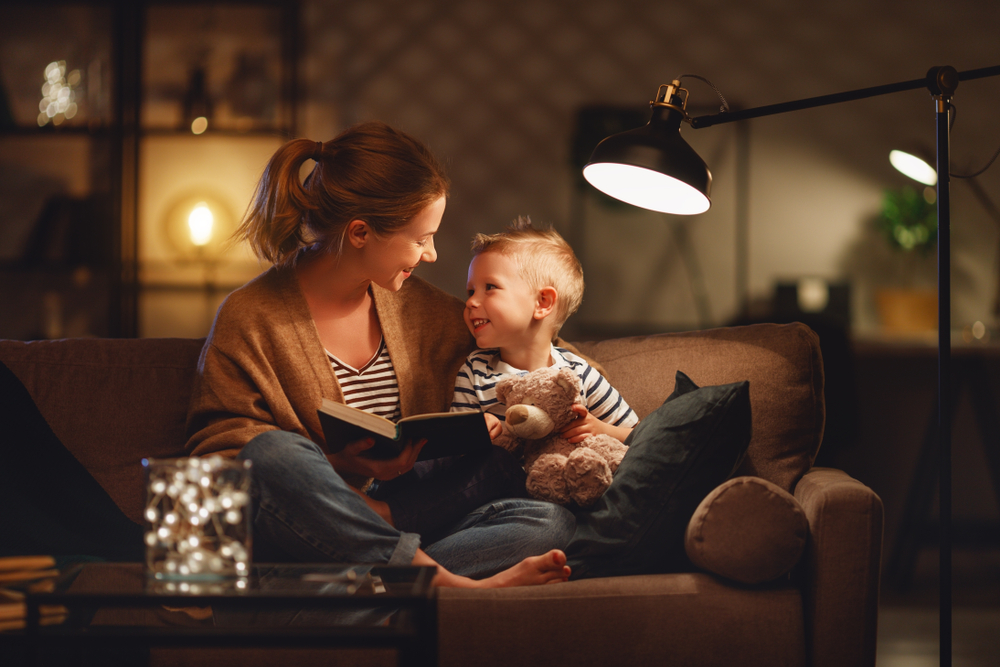 Older incandescent bulbs are a great source for warm light, but they’re being phased out in the lighting industry in favor of safer and more efficient alternatives. But that doesn’t mean you need to break out the candles just yet!
LED stands for “light-emitting diode”. Essentially they’re microchips that glow as electricity passes through them. This design not only makes them up to 90% more efficient than incandescent bulbs, but it also makes them versatile.
LED bulbs come in a wide variety of color temperatures, and they can be paired with dimmers to set the mood. Some are even color-changing, so that you can switch back and forth from warm to cool using a remote or an app.
If you just don’t love the look of a standard LED bulb, there are beautiful Edison bulb style LED options available! They’ll still give you that soft, warm, old-world charm with all of the same energy efficiency and safety advantages.
Older incandescent bulbs are a great source for warm light, but they’re being phased out in the lighting industry in favor of safer and more efficient alternatives. But that doesn’t mean you need to break out the candles just yet!
LED stands for “light-emitting diode”. Essentially they’re microchips that glow as electricity passes through them. This design not only makes them up to 90% more efficient than incandescent bulbs, but it also makes them versatile.
LED bulbs come in a wide variety of color temperatures, and they can be paired with dimmers to set the mood. Some are even color-changing, so that you can switch back and forth from warm to cool using a remote or an app.
If you just don’t love the look of a standard LED bulb, there are beautiful Edison bulb style LED options available! They’ll still give you that soft, warm, old-world charm with all of the same energy efficiency and safety advantages.
Where to Use Warm Light
 When you’re planning where you want to introduce warm light in your home, think about the main uses for each space. One method is to designate each space in your home as an active or rest area.
Active areas are places where you’re working. Blue light promotes focus and alertness, so it’s great to have in places like the kitchen, homework stations, home office, and garage.
Rest areas are places where you want to relax and feel comfortable. They’re often gathering places like the living room or dining room, or night-time areas like hallways and bedrooms.
Some rooms will have a combination of uses, so you’ll want to use a combination of light types! Bathrooms could use a mix, as blue light is great for a makeup table but warm light is more relaxing for a soak in the tub. Large great rooms might have seating and dining spaces that are rest areas, and study desk and food prep spaces that are active areas. Play around with lamps, dimmers, and smart bulbs to get the right balance for the way you use your home.
When you’re planning where you want to introduce warm light in your home, think about the main uses for each space. One method is to designate each space in your home as an active or rest area.
Active areas are places where you’re working. Blue light promotes focus and alertness, so it’s great to have in places like the kitchen, homework stations, home office, and garage.
Rest areas are places where you want to relax and feel comfortable. They’re often gathering places like the living room or dining room, or night-time areas like hallways and bedrooms.
Some rooms will have a combination of uses, so you’ll want to use a combination of light types! Bathrooms could use a mix, as blue light is great for a makeup table but warm light is more relaxing for a soak in the tub. Large great rooms might have seating and dining spaces that are rest areas, and study desk and food prep spaces that are active areas. Play around with lamps, dimmers, and smart bulbs to get the right balance for the way you use your home.
 This world feels chaotic at times, and finding balance can feel daunting. We can’t help much with office politics or your crazy neighbors, but when it comes to lighting we know a thing or two about helping you find just the right light for your home. If you’re ready to start creating a balanced home with warm light, give us a call or stop by our showroom. Our lighting experts are happy to answer your questions and help you get started!
This world feels chaotic at times, and finding balance can feel daunting. We can’t help much with office politics or your crazy neighbors, but when it comes to lighting we know a thing or two about helping you find just the right light for your home. If you’re ready to start creating a balanced home with warm light, give us a call or stop by our showroom. Our lighting experts are happy to answer your questions and help you get started!
